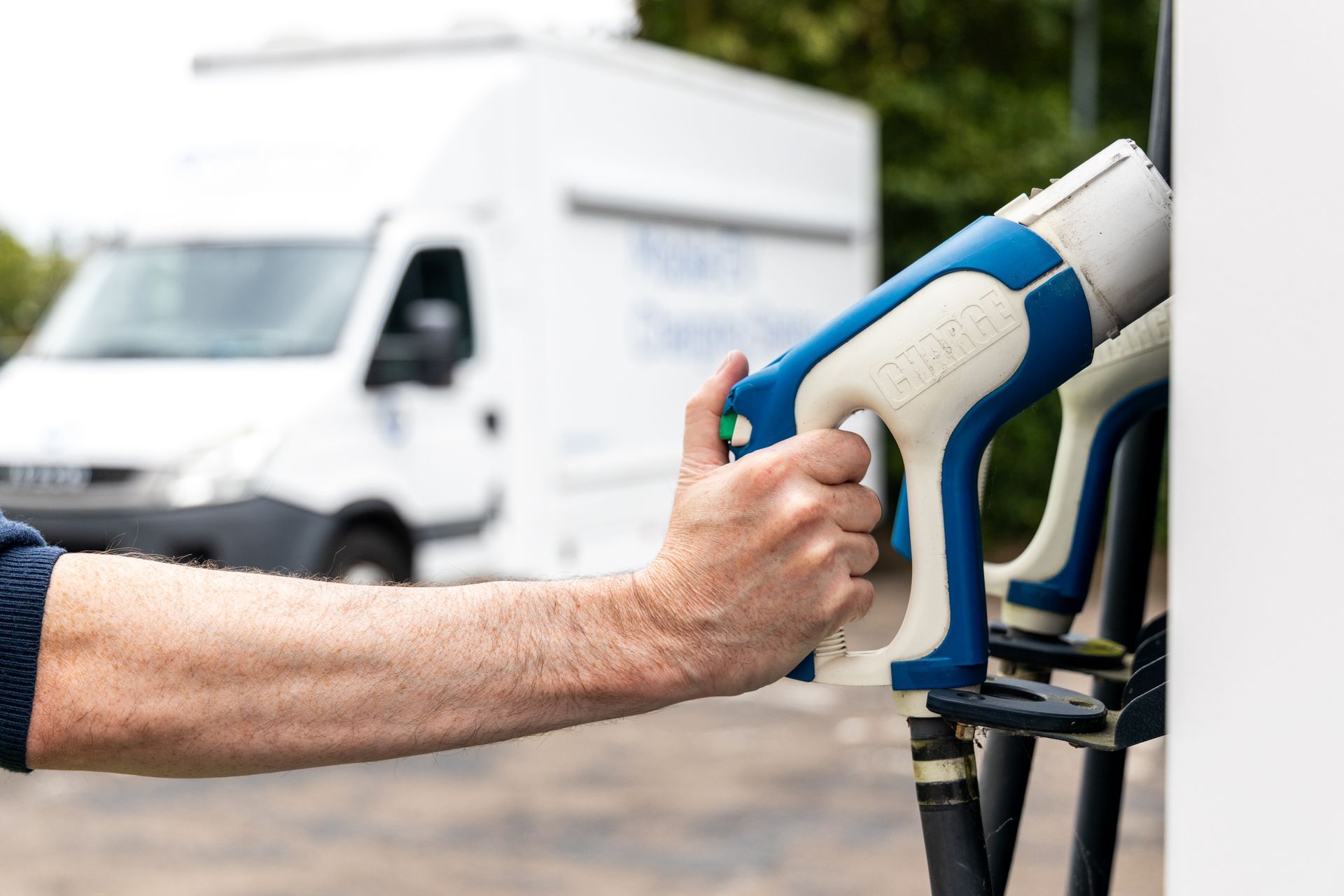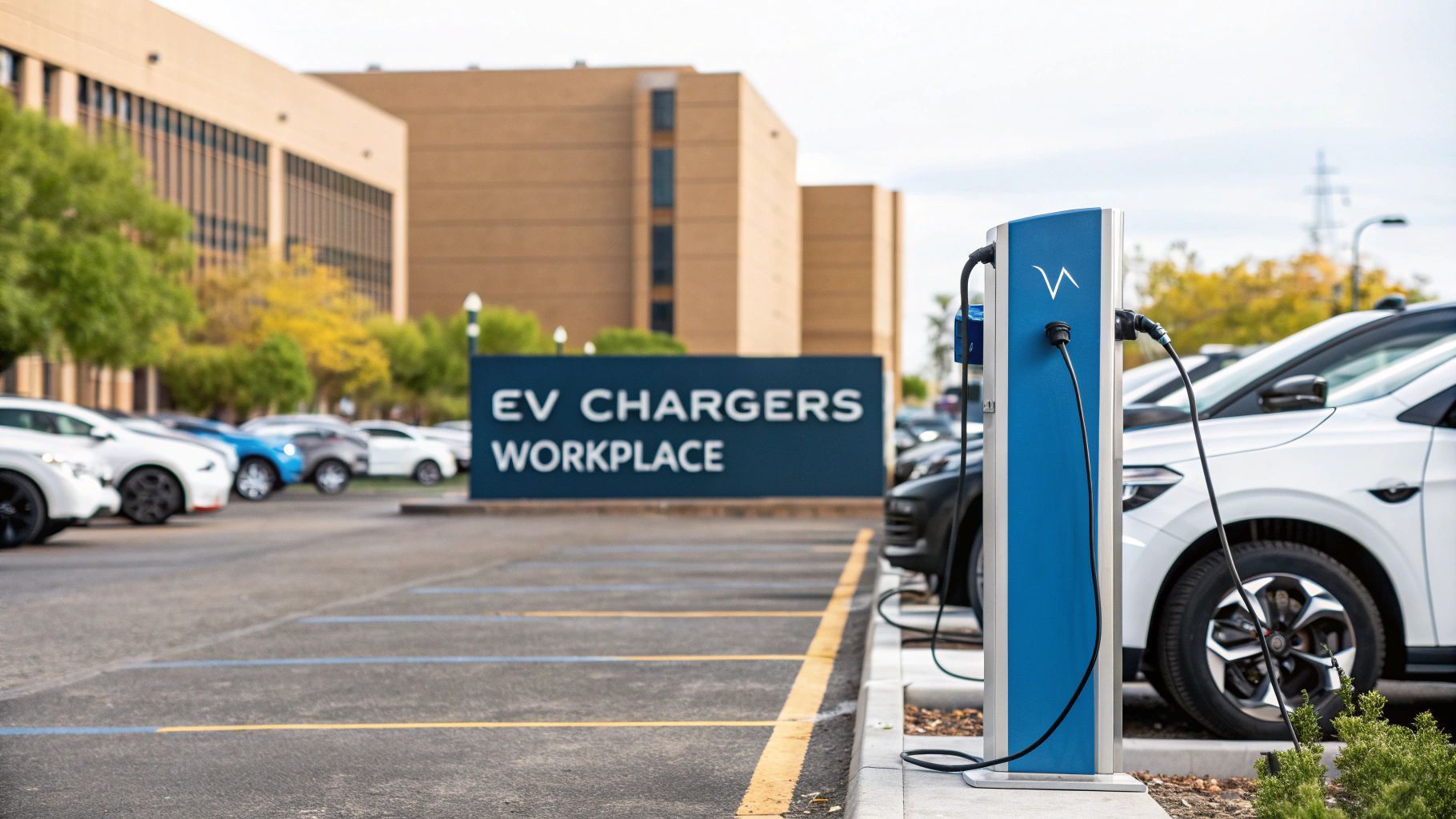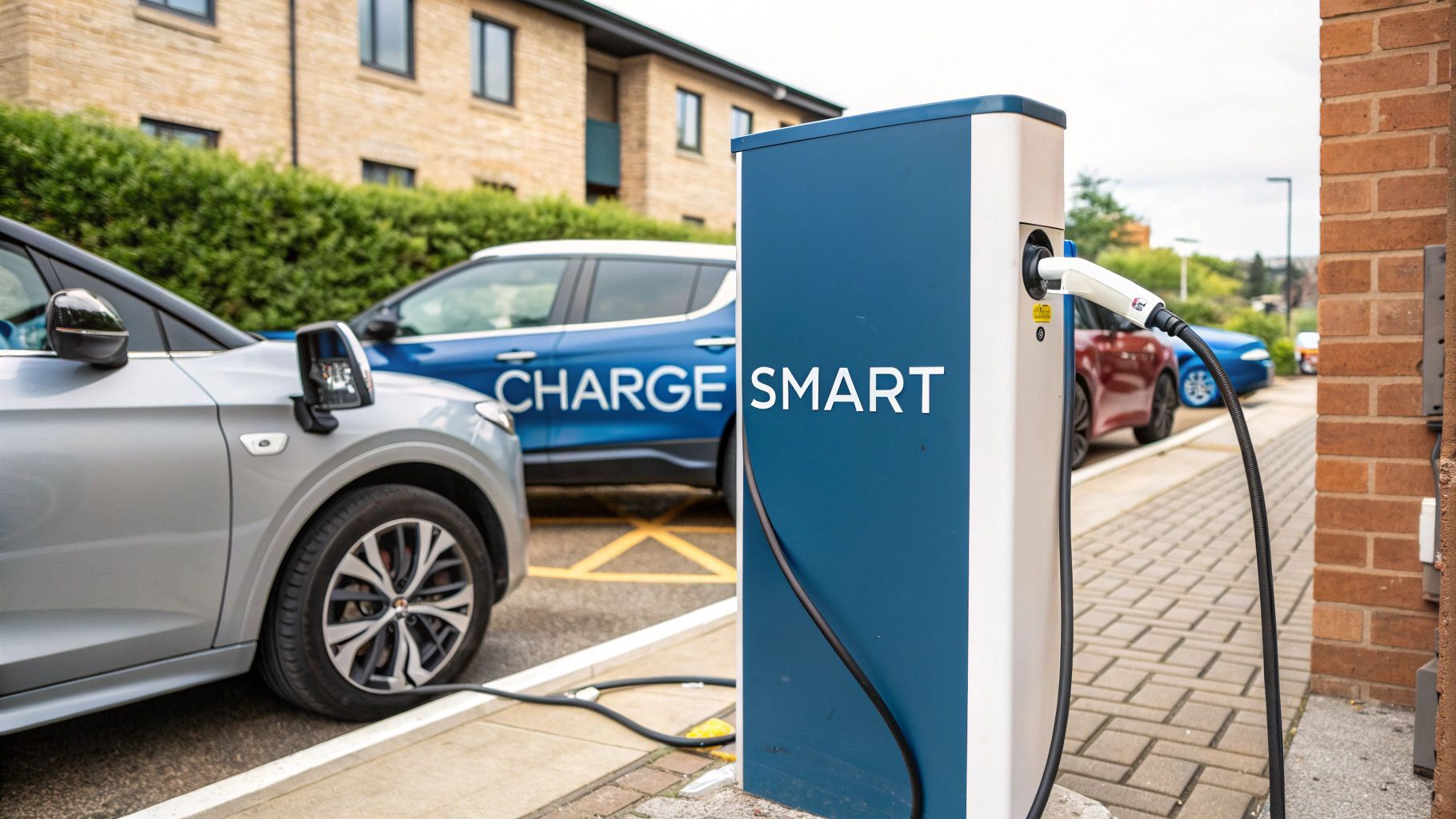The Benefits of ZAPME for Ride Sharing and Taxi Services
How Mobile EV Charging is Supporting the Growth of Sustainable Urban Transport

The rise of electric vehicles is transforming the way urban transport systems operate. As cities seek to reduce emissions and improve air quality, ride sharing and taxi services are increasingly turning to electric fleets. However, the shift to electric vehicles presents a number of challenges for operators, particularly when it comes to maintaining charging access, managing downtime and keeping services moving efficiently. ZAPME’s mobile charging systems offer a practical solution tailored to the needs of this fast paced sector.
The Challenge of Charging for Urban Fleet Operators
For ride sharing drivers and taxi operators, time is money. Every moment spent waiting for a charging bay or queuing at a public charger translates to lost revenue and reduced service availability. Conventional charging infrastructure is often fixed in location, limited in number and subject to high demand, especially in city centres.
Operators of electric fleets must navigate logistical barriers such as:
- Limited access to private or kerbside charging
- High competition for public chargers during peak hours
- Inconvenient charging point locations relative to passenger demand
- Extended charging times impacting service continuity
These issues can be particularly acute for self employed drivers who do not have access to overnight charging facilities at home. In this context, mobile electric vehicle charging from ZAPME introduces a flexible alternative.
Why Mobile EV Charging Works for Ride Sharing and Taxi Services
ZAPME’s charging technology is designed to deliver clean electric power directly to where vehicles are operating. By removing the need for permanent infrastructure, it enables real time support for fleets in active use across cities and urban areas.
Key benefits for taxi and ride sharing operators include:
- Reduced Downtime
Mobile chargers can be deployed to strategic locations or directly to waiting areas, enabling drivers to recharge without leaving their operational zones. This keeps vehicles on the road for longer, reducing lost revenue from unproductive charging stops. - Support for High Usage Vehicles
Taxis and ride share vehicles often cover significantly more distance than private cars, meaning they require frequent charging throughout the day. Mobile solutions provide rapid, accessible top up options that fit within the service routine. - Greater Operational Flexibility
Unlike fixed points, mobile chargers can be positioned dynamically based on demand, traffic patterns or driver feedback. This allows fleet managers or ride share platforms to respond to fluctuations in activity and avoid congestion at existing charge points. - Accessibility for Drivers Without Private Charging
Many drivers operate without access to off street parking or home charging. ZAPME’s solutions help overcome this barrier by bringing charging to public locations, community spaces or commercial waiting zones where drivers are already active. - Cleaner Urban Transport
By enabling more efficient electric fleet operation, mobile charging contributes to reduced emissions and lower environmental impact in cities. This supports local policy goals around air quality and net zero transport strategies.
Supporting the Shift to Electric Fleets
Governments across the UK are introducing incentives and regulations to encourage the adoption of electric vehicles in commercial transport. Clean air zones, fuel duty exemptions and fleet electrification targets are pushing ride share platforms and taxi companies to make the transition. However, without suitable infrastructure, that shift becomes difficult to manage.
ZAPME’s portable model bridges this gap by offering immediate and scalable charging access without waiting for long planning or installation timelines. As demand grows, fleets can increase support where it is needed most without permanent investment in static chargers.
Data Driven Fleet Management and Service Planning
ZAPME’s technology can also contribute to smarter fleet management. By tracking energy usage, charger locations and charging durations, operators can gain insights into driving patterns and optimise service delivery. This data driven approach supports both efficiency and sustainability across the entire transport network.
Mobile EV charging also opens the door to more sophisticated allocation of resources. For example, in areas with consistent demand such as airports, train stations or major event zones, ZAPME units can be scheduled in advance to support peak activity, ensuring service levels remain high without the bottlenecks commonly seen with fixed infrastructure.
Integration into Future Urban Mobility Ecosystems
Ride sharing and taxi services play a key role in the wider landscape of urban mobility. As cities evolve towards integrated, low emission transport models, ensuring reliable electric vehicle charging is essential. ZAPME’s approach aligns well with this vision, offering a solution that is not only environmentally conscious but also highly adaptable to the complexities of real world transport needs.
With pressure increasing on cities to meet sustainability targets and with demand for electric transport rising, solutions that combine mobility, flexibility and clean energy will become central to modern transport planning.
Conclusion
The benefits of ZAPME for ride sharing and taxi services are clear. By delivering mobile electric vehicle charging directly to where it is needed, ZAPME helps reduce downtime, improve fleet efficiency and enable a more inclusive transition to sustainable transport. For operators facing the logistical challenges of daily EV use, this model offers a viable and scalable way forward.
As more cities embrace electric vehicles and smarter transport systems, ZAPME stands ready to support a cleaner, more flexible future for ride sharing and taxi fleets across the UK.











